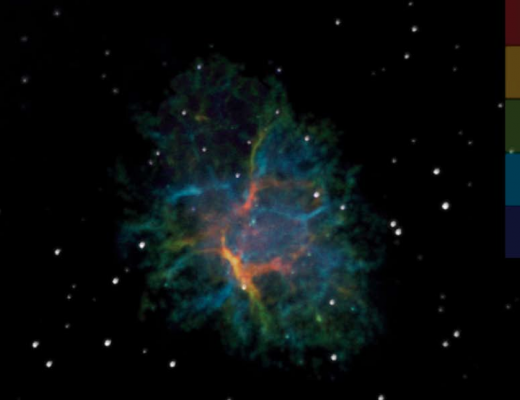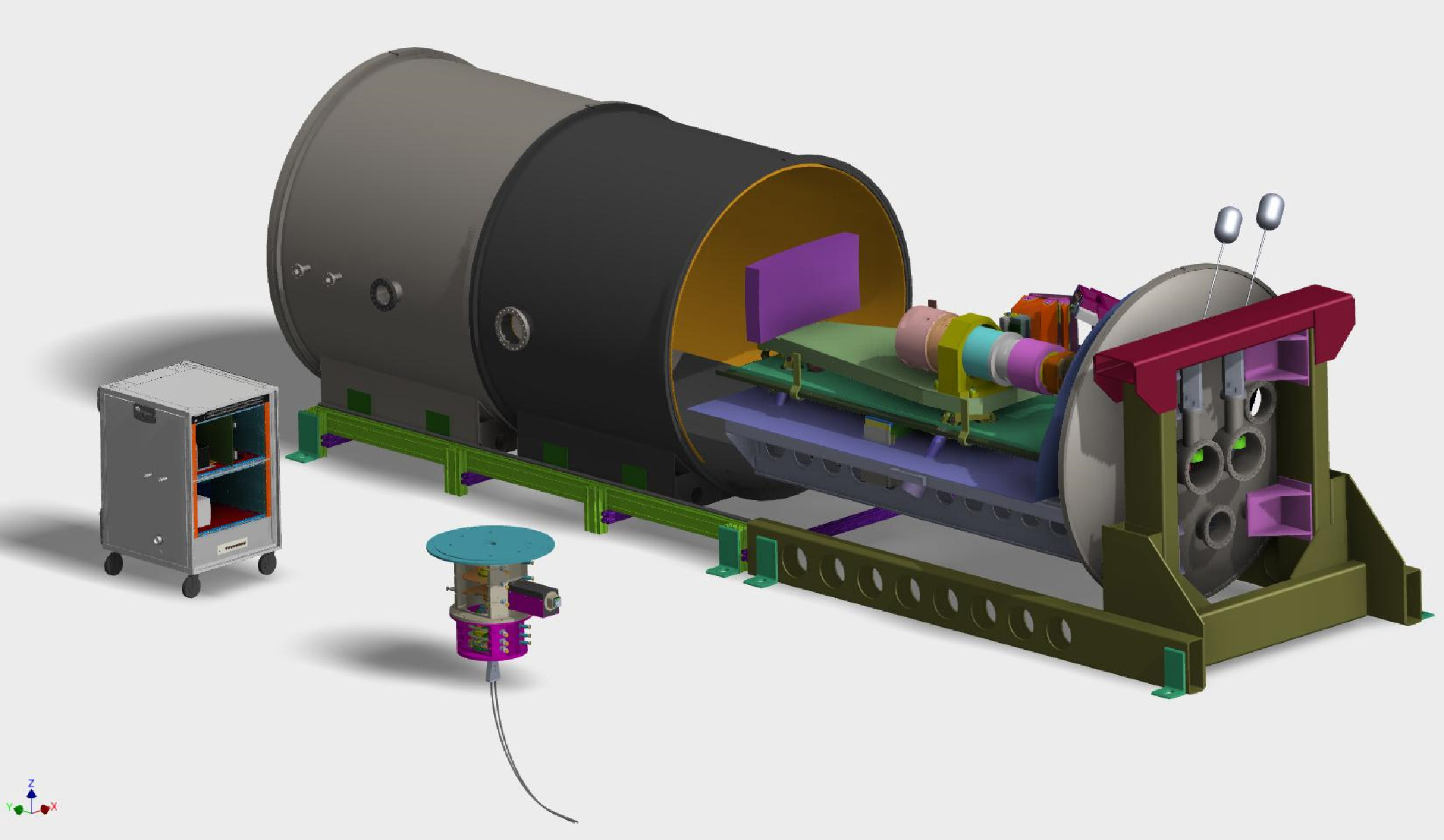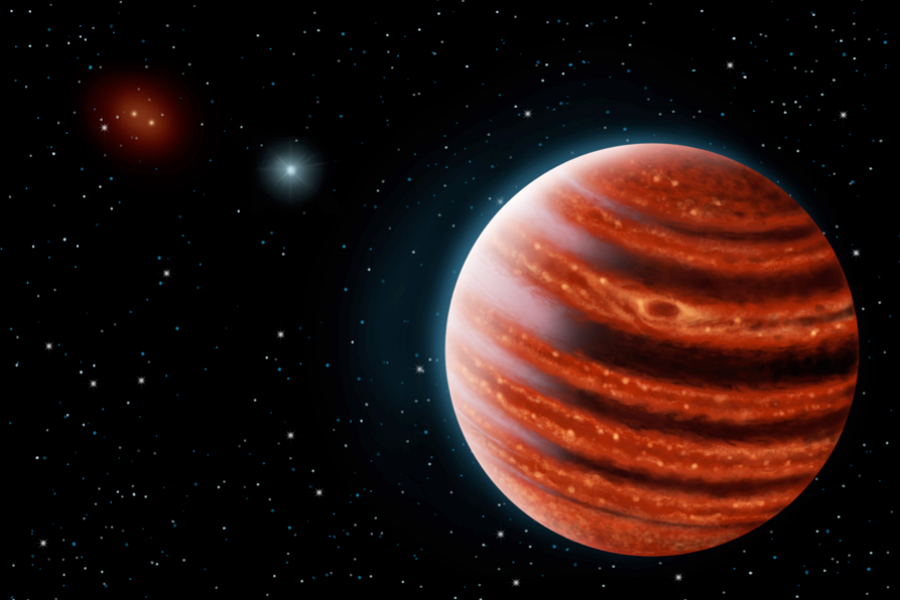SPIOMM, the OMM’s spy, unravels the mysteries of the Crab Nebula

A team of researchers from CRAQ member Université Laval has produced the first three-dimensional map of the Crab Nebula using the SpIOMM instrument. This unique spectro-imager was designed by students under the supervision of Professor Laurent Drissen of Université Laval’s Department of Physics, Engineering Physics and Optics. It simultaneously measures the speed of a nebula’s gas filaments and converts them into a three-dimensional representation.
The Crab Nebula, also known as M1, was discovered by Englishman John Bevis in 1731. This nebula is the best-known and most remarkable supernova remnant. It is an expanding cloud of gas created by the explosion of a massive star observed in the year 1054. Nearly 1,000 years later, thanks to the (e)SpIOMM at Mont Mégantic, the Crab Nebula is revealed in three dimensions.
SpIOMM, for Spectromètre Imageur de l’Observatoire du Mont-Mégantic, is a Fourier transform imaging spectrometer designed by Frédéric Grandmont as part of his doctoral thesis at Université Laval. More concretely, it is an astronomical instrument capable of obtaining data cubes composed of images at different wavelengths. Thus, for each pixel of the image (above), a multitude of wavelength information (spectra) is obtained. No information is lost, no wavelength is missed. The data cube, which includes spectral lines of hydrogen, nitrogen, oxygen and sulfur, makes it possible to determine not only the chemical composition at each point of the nebula, but also the density of the filaments and the speed at which the gas is moving relative to us.
When the supernova exploded a thousand years ago, the gas was ejected from the star at speeds of up to 10,000 km/s. This material gradually slowed down over time, but even today, the speed of the filaments remains significant. Data obtained with SpIOMM indicate that the gas is moving at speeds of around 1,500 km/s. SpIOMM’s three-dimensional map of the Crab nebula reveals a strong asymmetry in filament morphology, the electron density of the nebula’s gas and the relative abundance of nitrogen. The three-dimensional animation of the Crab clearly shows that the explosion was not symmetrical and homogeneous. It shows a highly filamentary structure dotted with lumps of different densities. The study of the Crab Nebula was the subject of Maxime Charlebois’ master’s thesis. The Université Laval team is now applying the same three-dimensional spectroscopy technique (also known as hyperspectral imaging) to other objects in the Milky Way, such as Cassiopeia A, a supernova afterglow even younger than M1. The aim is to gain a better understanding of the mechanisms that govern the explosion of massive stars, enabling the heavy elements ejected by supernovae to mix with the interstellar medium.
Professor Drissen’s team, which holds the Research Chair in Massive Star Astrophysics and Hyperspectral Imaging, has proposed an improved version of SpIOMM, called SITELLE, for the Canada-France-Hawaii Telescope, in collaboration with Quebec-based ABB. Among other things, SITELLE will make it possible to measure the rate of star formation in the Universe over the last 5 to 7 billion years.
Link to article in The Astronomical Journal: http://iopscience.iop.org/1538-3881/139/5/2083/


